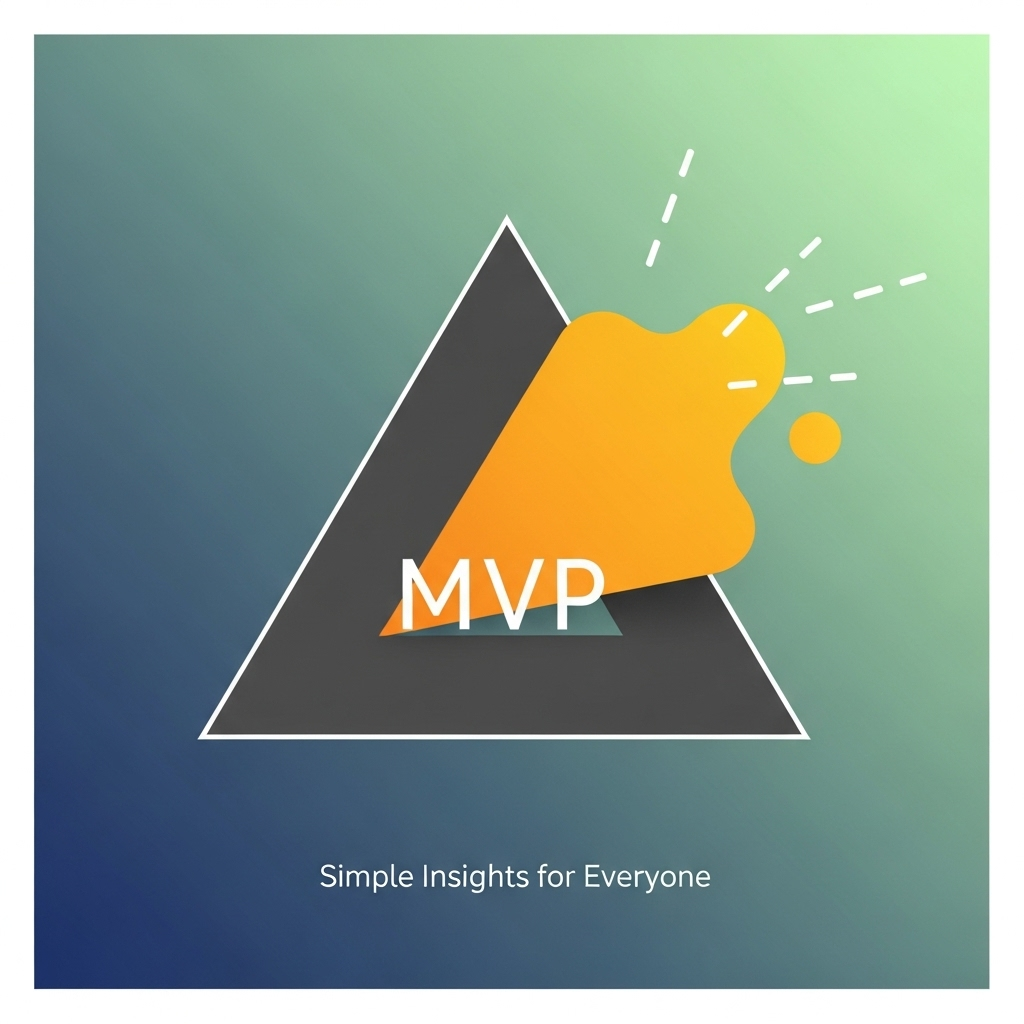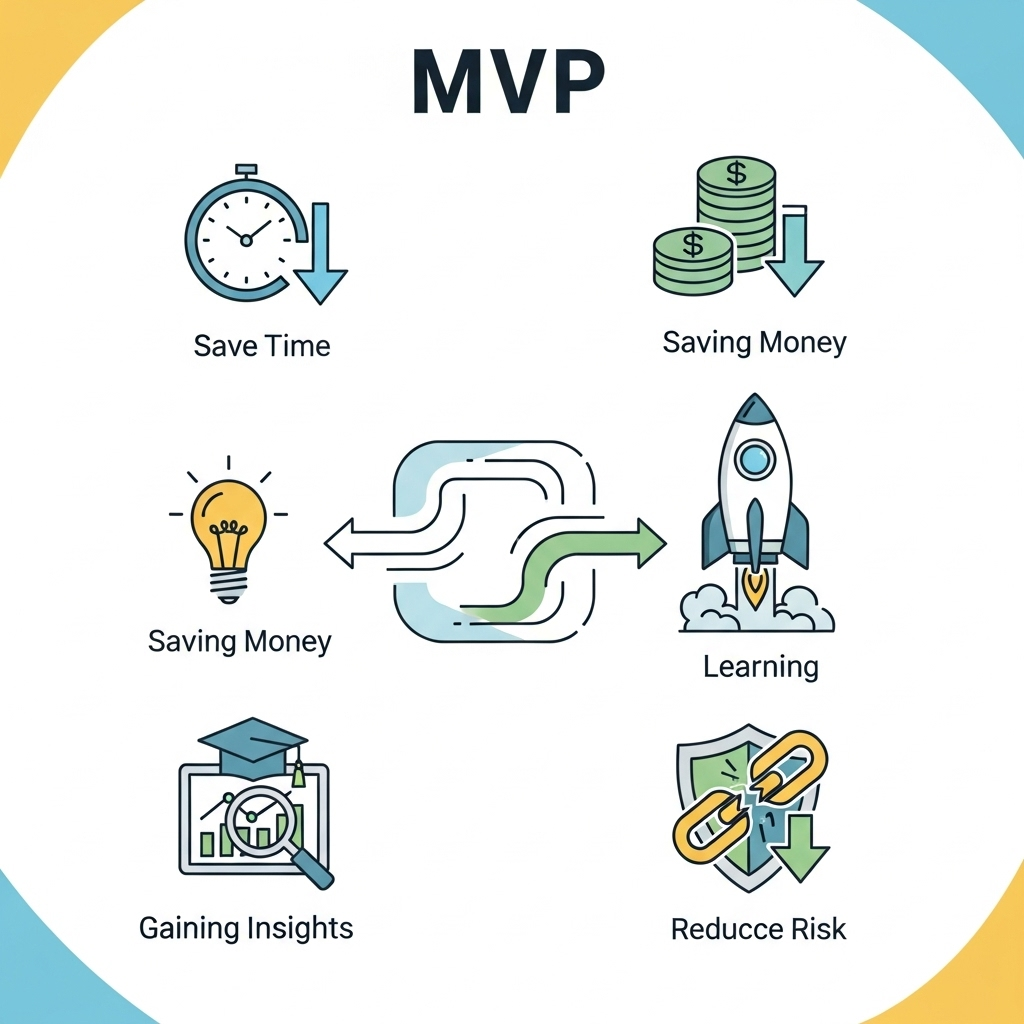The meaning of MVP can seem mysterious at first, but its practical value reaches far beyond just startups or tech professionals. This article explores what MVP truly stands for, and why understanding it can be beneficial for your everyday decisions.
What Is the Meaning of MVP?
Many people are curious about MVP because they hear it often in business conversations. The acronym MVP stands for Minimum Viable Product. Simply put, it means creating the simplest version of a product or idea that can work, enough to test whether people actually want it. The goal is to use the least amount of time and resources to see if an idea is worth pursuing further.

For example, instead of building a fully functioning app with every possible feature, someone might start with a basic prototype that solves the main problem. That way, feedback can be gathered early on before investing too much into features nobody might need.
Why Is the Meaning of MVP Important in Everyday Life?
While the origin of MVP comes from the business world—especially in software—it has powerful applications in daily life. Think of it as a way to test the waters before diving in.

For instance, if you are considering starting a new hobby, like painting, you don’t need top-tier supplies right away. You could begin with a simple sketchbook and pencils. If you enjoy it, you can gradually invest more. MVP thinking helps us avoid over-committing to ideas until we’re sure they’re right for us.
This approach not only saves money and time, but it also reduces risk and stress. Trying things on a smaller scale first can give you confidence and better results, and maybe even prevent disappointment.
How Did the Concept of MVP Originate?
The first use of “MVP” comes from the world of startups and product development, especially thanks to Eric Ries and his book, The Lean Startup. In highly competitive industries, there was a need to test new ideas quickly without wasting resources. Creating an MVP allowed businesses to learn from real customers, rather than just guessing what people wanted.
As the idea gained popularity, it was adopted by companies big and small. Even traditional industries are now using MVP principles to test ideas before launching them widely.
Key Benefits of Creating an MVP

Let’s look at some of the main reasons people use the MVP approach:
- Save Time and Money: You invest less because you build only what is necessary to start.
- Learn Quickly: By putting something out early, you learn what works and what doesn’t straight from your audience.
- Adapt Easily: It’s easier to make changes when your project or product is still small.
- Reduce Risk: With a smaller commitment, there is less at stake if the idea doesn’t succeed.
- Stay Focused: You keep your attention on the one problem your idea is meant to solve.
These benefits make the meaning of MVP not just clever, but genuinely useful for everyone from businesses to individuals.
Common Misunderstandings About the Meaning of MVP
Even though the meaning of MVP sounds simple, there are some common misconceptions. For example, some believe that an MVP is just a badly made or incomplete version. However, that’s not true. An MVP should be functional and valuable on its own. It’s not about creating something so basic that people ignore it, but about focusing on what matters most.

Others think MVP means doing work without planning. In contrast, smart MVPs are carefully designed to answer important questions. By concentrating on the main challenge, you can gather better feedback sooner. If you want to dive deeper into the differences, ProductPlan explains the term in more detail.
Examples of MVPs in Real Life
You might be surprised how often MVP thinking is used in day-to-day life. Here are some real-life examples:
- Restaurants: Many popular dishes started as simple specials before becoming main menu items. Chefs use this MVP approach to see what customers love.
- Local Events: Organizers may start with a small gathering to see if there’s enough interest before planning a bigger event.
- Technology: Some of today’s best-known tech products, like Twitter, began as simpler platforms just to test basic ideas.
These examples show the value of MVP beyond just digital products or software.
Simple Steps to Create Your Own MVP
Interested in trying the MVP approach yourself? Whether you’re starting a project, testing a business idea, or exploring a new hobby, here are some simple steps:
- Identify the Main Problem: What is the single most important thing you want to solve or explore?
- Think Small: Choose the easiest way to test your idea. Don’t worry about extra features yet.
- Build a Basic Version: Create something that works well enough to show people. Quality matters, even if you keep it simple.
- Get Feedback: Ask friends, family, or possible customers what they think. Take notes on their responses.
- Improve Gradually: Use the insights you get to make better decisions about what to do next.
For more tips, the folks at Atlassian have a friendly guide to MVPs, especially for beginners.
Final Thoughts on Embracing the Meaning of MVP
Understanding the meaning of MVP can empower you to try new things with more confidence. By focusing on simple beginnings and learning along the way, you set yourself up for smarter and more satisfying results—in life and business. If you want professional help bringing your ideas to life thoughtfully, feel free to connect with Blanmo.
Remember, everyone starts small. By trusting the MVP mindset, you can enjoy the process of learning, growing, and succeeding more!
